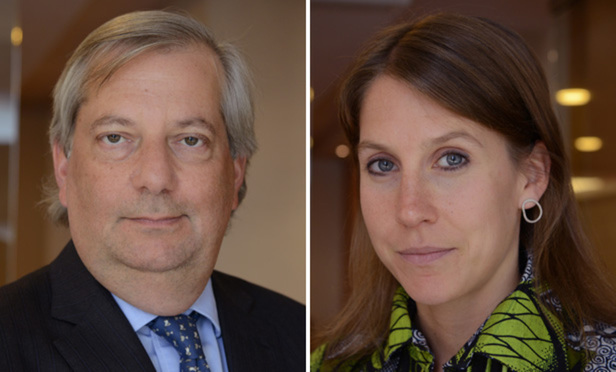Our judges are generalists but tasked with analyzing and opining on disputes covering a vast array of specialized subject matters such as patents, product liability, securities, and medical malpractice. Similarly, when the authenticity of a work of art is at issue, judges must make authenticity determinations based on the facts and opinions of experts presented to them, just as in other specialized subject matters. Unlike in a patent or medical malpractice case, however, written opinions of judges affirming the authenticity of an artwork will carry little weight in the actual art market where a recognized art market player or industry expert has declared that work inauthentic. Consequently, judicial rulings may be a Pyrrhic victory to the prevailing party. This article examines the dynamic between judges and the art market in the context of authenticity disputes both in the United States and in Europe.
U.S. Cases
Two cases highlight the issue as it has played out in the United States. In Greenberg Gallery v. Bauman, 817 F.Supp. 167 (D.D.C. 1993), aff’d without opinion, 36 F.3d 127 (D.C. Cir. 1994), the U.S. District Court for the District of Columbia held that a mobile thought to be the work of the famed artist Alexander Calder was not a fake. The plaintiff art dealers brought claims for breach of contract, breach of express warranties, fraud and mutual mistake related to the purchase of a mobile they had believed to be by Calder against the art dealer that sold them the mobile and the private collector that previously owned the work. After plaintiffs had purchased the work they asserted the mobile was not an authentic Calder based on the results of numerous subsequent inspections.



